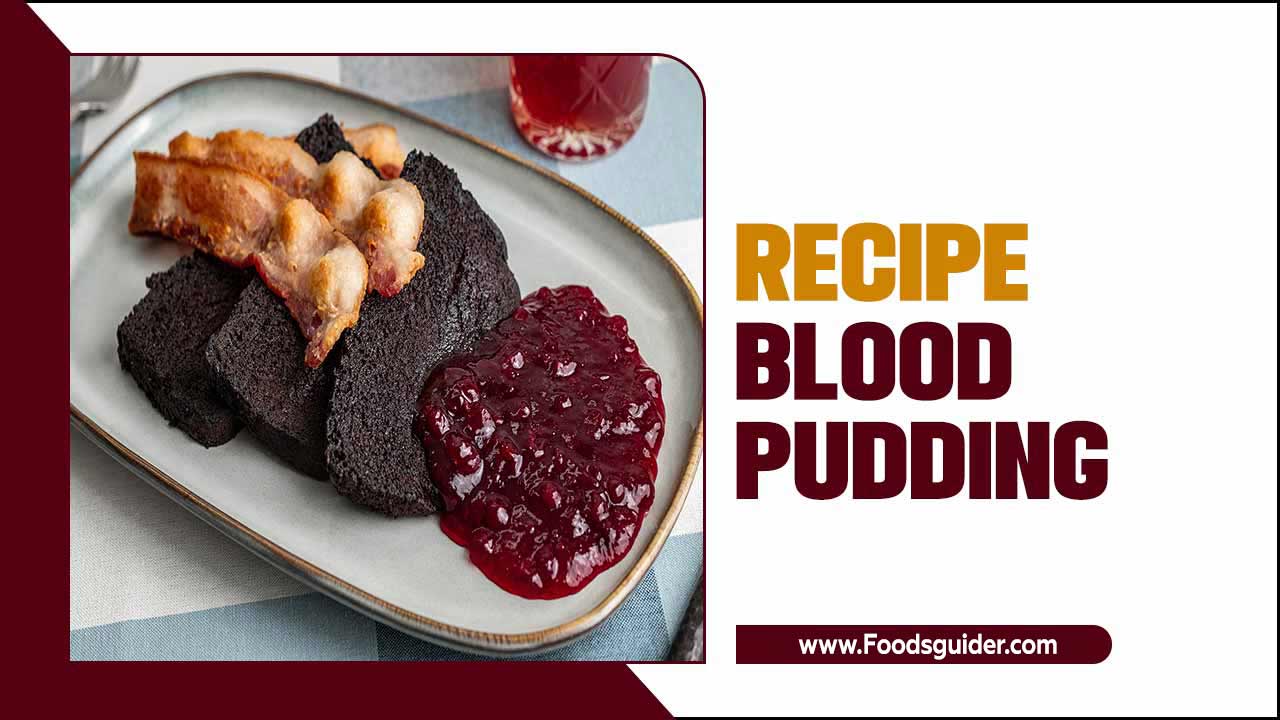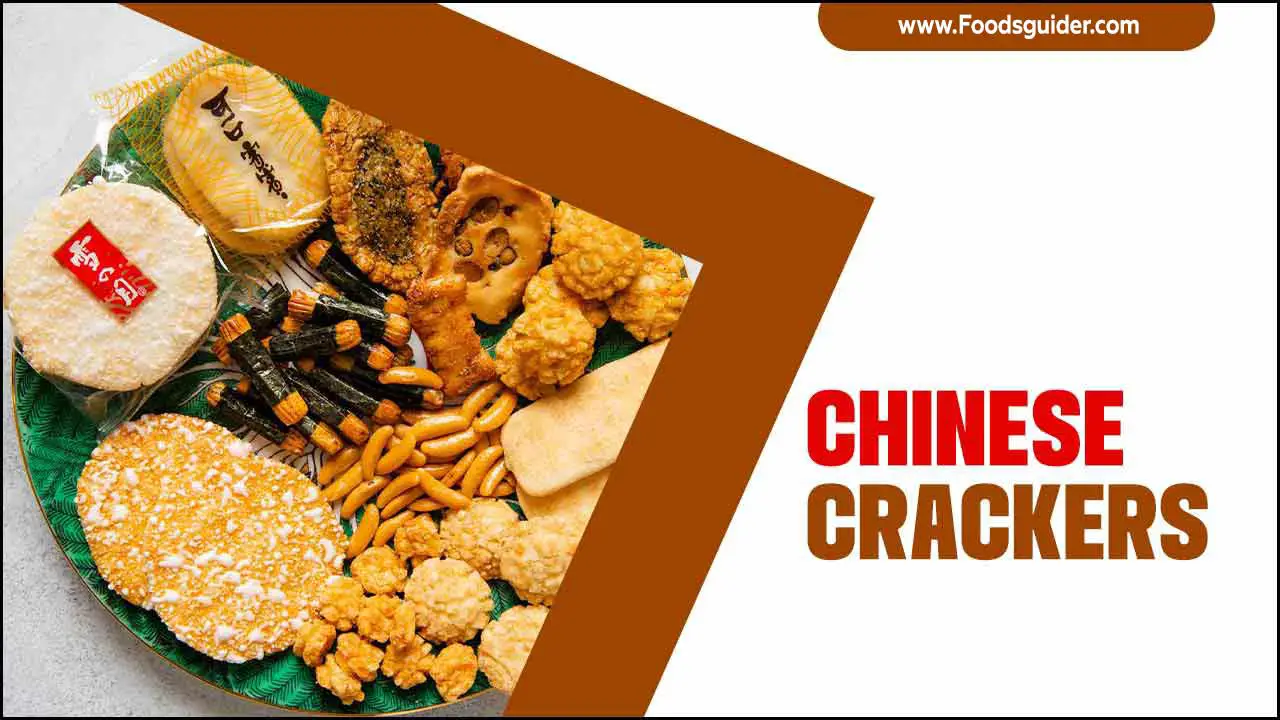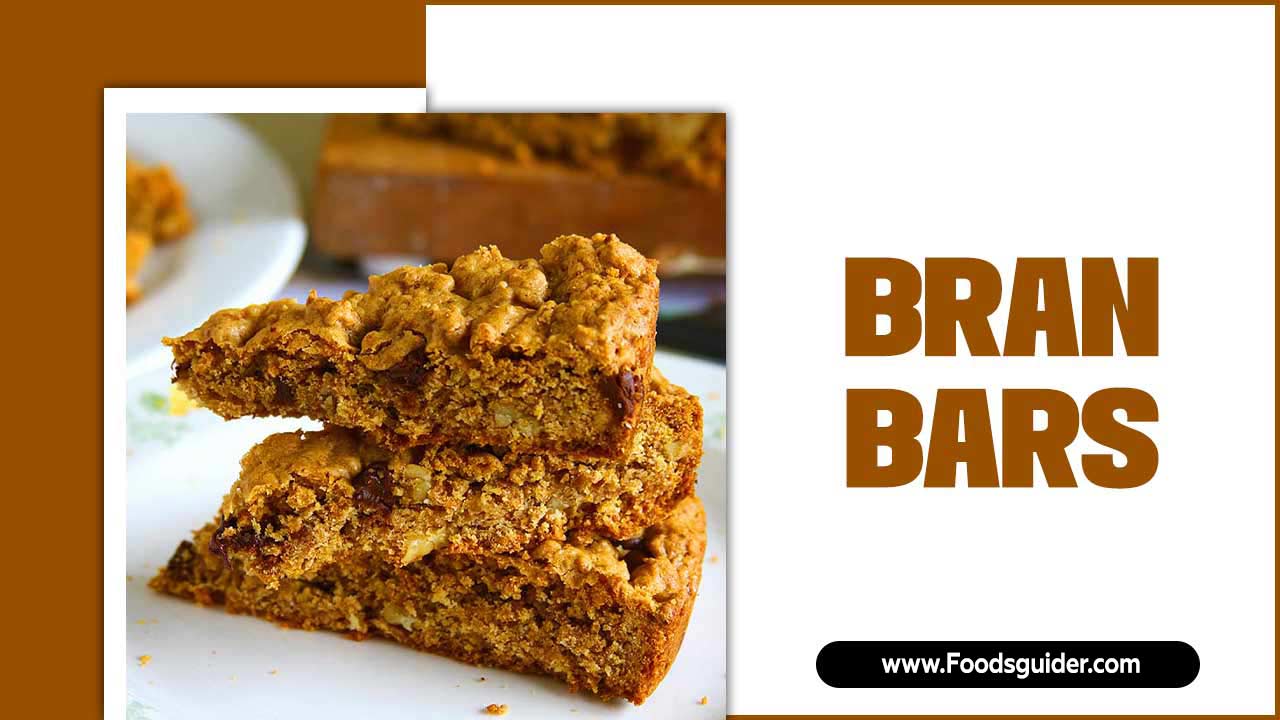Embark on delightful vineyard cycling tours by understanding essential planning, choosing the right bike, packing smart, and prioritizing safety. This guide makes your wine country adventure both enjoyable and memorable.
Cycling through sun-drenched vineyards offers a unique way to experience wine regions. Imagine pedaling along quiet country lanes, surrounded by rolling hills dotted with grapevines, with the promise of a delicious wine tasting at the end of your journey. It’s a perfect blend of gentle exercise, stunning scenery, and the simple pleasure of good wine. However, planning a vineyard cycling tour might seem a little daunting if you’ve never done it before. What should you pack? How do you choose the right route? Don’t worry, we’ve got you covered! This guide will walk you through everything you need to know to plan an amazing cycling adventure amidst the vines. Get ready to discover your next favorite way to explore wine country!
Why Choose Vineyard Cycling Tours?
Vineyard cycling tours are gaining popularity for excellent reasons. They offer a slower, more immersive way to appreciate the landscape and the local produce compared to driving. Here’s why they’re a fantastic choice:
Sensory Experience: You can smell the earth, feel the breeze, and truly soak in the sights at a human pace. Stopping to admire a particularly beautiful row of vines or a distant château becomes effortless.
Eco-Friendly Exploration: Cycling is a green way to travel, leaving a minimal environmental footprint. It’s a journey you can feel good about.
Health and Well-being: Gentle cycling provides a bit of exercise, invigorating you for the wine tastings to come. It balances indulgence with activity.
Accessibility to Wineries: Many vineyards are located on charming backroads that are perfect for cycling but might be tricky or less enjoyable to navigate by car.
Unique Culinary Connection: Discovering wineries on your own power deepens your connection to the wine and the region’s agricultural heritage.
Planning Your Vineyard Cycling Tour: A Step-by-Step Approach
A well-planned tour ensures a smooth and enjoyable experience. Let’s break down the key steps to get you ready for your wine country ride.
Step 1: Choose Your Destination and Time of Year
The world is brimming with incredible wine regions, each offering a unique cycling experience. Consider what you’re looking for:
Famous Regions: Napa Valley (USA), Bordeaux (France), Tuscany (Italy), Marlborough (New Zealand), and the Mosel Valley (Germany) are world-renowned. They often have established cycling routes and ample tourist infrastructure.
Emerging Regions: Explore lesser-known areas for a more intimate and perhaps budget-friendly experience. Think of areas like the Douro Valley (Portugal) or the Finger Lakes (USA).
Consider the Season:
Spring (April-May): Vineyards are green and budding, temperatures are mild, and crowds are generally smaller.
Summer (June-August): Warmest weather, ideal for longer days, but can be crowded and very hot in some regions.
Autumn (September-October): Harvest season! The air is crisp, the scenery is painted with fall colors, and there’s a buzz of activity in the wineries. This is a peak time for many vineyards.
Winter (November-March): Off-season, fewer crowds, and potentially lower prices. However, weather can be unpredictable, and some wineries might have reduced hours.
Step 2: Decide on the Type of Tour
You have a few options for how you want your tour to be structured:
Self-Guided Tours: You plan your own route, accommodation, and winery visits. This offers maximum flexibility but requires more research and organization.
Guided Tours: A tour operator handles logistics like routes, accommodation, bike rental, and often guided winery visits and tastings. This is the most hassle-free option, great for beginners.
Organized Packages: Some wineries or local tourism boards offer package deals that include cycling routes, tastings, and sometimes bike rentals.
Step 3: Select Your Route and Wineries
Once you have a destination and type of tour in mind, it’s time to map out your cycling adventure.
Difficulty Level: Be realistic about your fitness level and cycling experience. Look for routes with gentle inclines if you prefer a more relaxed ride. Websites and cycling apps often provide route profiles.
Distance: Plan daily distances you can comfortably manage, leaving time for stops, tastings, and unexpected delights. Consider that vineyard roads can sometimes be winding, adding to the actual distance traveled.
Winery Selection:
Research: Look for wineries that match your wine preferences (e.g., Pinot Noir lovers might head to Burgundy, France, or Oregon, USA).
Bookings: Highly recommended, especially during peak season. Many wineries require reservations for tastings or tours. Check their websites for booking information and opening hours.
Logistics: Consider the proximity of wineries to each other and to your accommodation. A group of wineries within easy cycling distance is ideal.
Step 4: Bike Rental vs. Bringing Your Own
This is a crucial decision.
Bike Rental:
Pros: No need to transport your bike, rental companies often provide maintenance and support, you can often try different types of bikes (e-bikes are great for hills!), and they usually include helmets and repair kits.
Cons: May not have your preferred bike model, can be an added cost.
Where to Find: Search for “bike rental [your destination]” or “cycling tour operator [your destination]”. Many tour operators include bike rental in their packages.
Bringing Your Own Bike:
Pros: Familiarity with your own bike, comfort, and a perfect fit.
Cons: Cost and hassle of transportation (bike cases, airline fees), potential for damage during transit, you’ll need to carry your own repair kit and spare parts.
If you choose to rent, consider an e-bike, especially if your chosen region has rolling hills. E-bikes provide an extra boost, making longer distances or steeper climbs much more manageable and enjoyable. A good resource for understanding bike types and their suitability for touring is Cycling UK, which offers comprehensive advice on bicycle touring.
Step 5: Accommodation Planning
Book your accommodation in advance, especially during peak seasons. Consider:
Proximity to Routes: Staying close to your planned cycling routes will save you time and energy.
Bike Storage: Ensure your accommodation offers secure bike storage.
Type of Stay: Options range from charming B&Bs and boutique hotels to self-contained cottages or even vineyard guesthouses.
Essential Gear for Your Vineyard Cycling Tour
Packing smart is key to comfort and safety. Think layers and essentials!
Clothing:
Cycling Shorts/Bibs: Padded shorts are a game-changer for longer rides.
Jerseys: Moisture-wicking material to keep you dry.
Lightweight, Waterproof Jacket: Essential for unpredictable weather.
Arm and Leg Warmers: Versatile for changing temperatures.
Comfortable Off-Bike Clothes: For evenings and exploring towns.
Cycling Shoes & Casual Shoes: For riding and for strolling after.
Safety & Navigation:
Helmet: Non-negotiable! Always wear one.
Cycling Computer or GPS Device/App: For navigation. Apps like Komoot or Ride with GPS are excellent for route planning and following.
Lights: Front and rear lights, even for daytime visibility.
Reflective Gear: For increased visibility.
Basic First-Aid Kit: For minor scrapes.
Bike Essentials:
Water Bottles or Hydration Pack: Staying hydrated is crucial.
Bike Lock: Essential for securing your bike during tastings.
Multi-tool and Tire Levers: For basic repairs.
Spare Tube(s) and Pump: For fixing flat tires.
Sunscreen and Sunglasses: Protect yourself from the sun.
Personal Items:
Snacks: Energy bars, fruit, nuts for on-the-go fuel.
Phone and Portable Charger: For communication and navigation.
Small Backpack or Panniers: To carry your gear. Many rental bikes come with pannier racks.
Identification and Credit Cards/Cash:
On the Road: Tips for a Fantastic Tour
Arriving at your destination with your bags packed and bike ready is exciting! Here are some tips to make your actual cycling days smooth and enjoyable.
Hydration and Nutrition
This cannot be stressed enough. Wine is delicious, but it can dehydrate you.
Water First: Drink plenty of water throughout the day, especially before and during cycling.
Electrolytes: Consider drinks with electrolytes on hotter days or for longer rides.
Snack Smart: Keep energy levels up with regular snacks. Don’t wait until you’re hungry.
Pace Yourself and Enjoy the Journey
Don’t Rush: The point of vineyard cycling is to savor the experience. Take your time.
Stop Often: Pull over to take photos, admire the views, or simply rest and enjoy the atmosphere.
Be Flexible: If you discover a charming village or an unexpected winery, don’t be afraid to adjust your plan.
Winery Etiquette and Tastings
Arrive on Time: For your scheduled tasting or tour.
Be Respectful: Follow the winery staff’s instructions.
Spit or Dump: If you’re tasting multiple wines and don’t want to drink it all, use the spittoons provided. This is normal practice and allows you to taste more without over-indulging.
Pace Your Tasting: Don’t try to cram too many tastings into one day. One to three wineries per day is usually a comfortable maximum, especially when cycling.
Know Your Limit: Wine tasting after cycling can affect you differently than when you’re stationary. Be mindful of how you feel.
Safety First on the Road
Visibility: Wear bright clothing and use your lights.
Road Awareness: Obey traffic laws. Be aware of your surroundings, especially on narrow country roads.
Communicate: If cycling in a group, communicate with each other about traffic, road conditions, and potential hazards.
Bike Security: Always lock your bike securely when you leave it, even for a short time.
Pros and Cons of Vineyard Cycling Tours
Like any travel experience, vineyard cycling tours have their advantages and disadvantages. Weighing these can help you decide if it’s the right adventure for you.
| Pros | Cons |
|---|---|
| Immersive experience of the wine region’s landscape and culture. | Weather can significantly impact your ride; be prepared for rain, heat, or wind. |
| Opportunity for moderate physical activity, balancing indulgence with health. | Requires a reasonable level of fitness, especially in hilly regions. |
| Eco-friendly travel option. | Potential for mechanical issues with the bike, which can cause delays. |
| Access to smaller, charming wineries often missed by car tours. | Carrying gear can be cumbersome, though panniers and backpacks help. |
| Flexibility in self-guided tours to set your own pace. | Wine tastings can affect cycling ability; require careful pacing and judgment. |
| Often more budget-friendly than catered tours if self-guided. | Wineries may have limited opening hours, requiring careful route planning. |
| The journey itself becomes a significant part of the vacation experience. | Roads can be narrow or poorly surfaced in some rural areas. |
Popular Regions for Vineyard Cycling Tours
While many places offer this unique experience, some stand out for their suitability and beauty.
France
Bordeaux: Famous for its châteaux, vineyards, and elegant wines. You can cycle through the Médoc, Saint-Émilion, and Pomerol regions. Routes are generally flat to gently rolling.
Burgundy: Renowned for Pinot Noir and Chardonnay, Burgundy offers rolling hills, charming villages, and the iconic Route des Grands Crus. It can be more challenging with steeper climbs.
Loire Valley: A bit further north, offering beautiful scenery, historic châteaux, and diverse wines, often with flatter terrain suitable for easier cycling.
Italy
Tuscany: Iconic rolling hills draped in vineyards and olive groves, dotted with medieval towns like Florence, Siena, and San Gimignano. Expect some climbs, but the views are unparalleled.
Piedmont: Home to Nebbiolo and Barbera, this region offers stunning landscapes, fantastic food, and challenging but rewarding cycling routes.
United States
Napa Valley, California: A classic choice with well-maintained cycling paths and roads, world-class wineries, and beautiful scenery. E-bikes are highly recommended here due to the heat and some inclines.
Sonoma County, California: Adjacent to Napa, offering a slightly more rustic feel with diverse terrains and a wide array of varietals.
Willamette Valley, Oregon: Famous for its Pinot Noir, this valley offers verdant landscapes and a growing wine scene, with routes that are often manageable for many cyclists.
Other Notable Regions
Douro Valley, Portugal: Dramatic terraced vineyards, stunning river views, and Port wine. Cycling here can be challenging due to the steep terrain but incredibly picturesque.
Mosel Valley, Germany: Steep slate vineyards, charming river towns, and crisp Rieslings. The valley floor offers relatively flat cycling, with challenging climbs to vineyards.
Frequently Asked Questions About Vineyard Cycling Tours
Here are some common questions beginners have about embarking on a vineyard cycling tour:
What is the best type of bike for a vineyard cycling tour?
For vineyard tours, a hybrid bike or a touring bike is often ideal, offering comfort and versatility. An e-bike is highly recommended, especially if your chosen region has hills, as it significantly reduces effort and extends your range, allowing you to enjoy the scenery and tastings more fully.
Do I need to book winery visits in advance?
Yes, booking winery visits, especially for tastings and tours, is strongly recommended. Many wineries, particularly popular ones and those with limited space, require reservations, especially during peak seasons, to manage visitor numbers.
How much cycling is typically involved in a vineyard tour?
Distances for vineyard cycling tours can vary greatly. Self-guided tours allow you to set your own pace, often ranging from 20-50 kilometers (12-30 miles) per day, depending on the terrain and your fitness. Guided tours will have a set itinerary, usually designed to be enjoyable and manageable for most participants.
What is the best time of year for a vineyard cycling tour?
The best time often depends on the region, but spring and autumn are generally considered ideal. Spring offers pleasant temperatures and new growth, while autumn provides beautiful foliage and the excitement of harvest. Summer can be beautiful but hot, and winter is off-season with potentially limited services.
What should I do if I have a bike mechanical issue?
If you’ve rented a bike, contact the rental company immediately; they often provide roadside assistance or a replacement bike. If you’re on a guided tour, your guide will assist you. If you’re on a self-supported tour with your own bike, you’ll need to be equipped with a basic repair kit, spare tubes, and know how to fix a flat tire.
Can children participate in vineyard cycling tours?
It depends on the tour operator and the specific route. Some tours can accommodate children, while others are geared towards adults. Family-friendly regions and flatter routes are more suitable. Always check with the tour provider about age recommendations and child-friendly options.
How much wine should I drink on a cycling tour?
Pace yourself! Wine tasting after moderate cycling can still affect your judgment and balance. It’s common practice to use the spittoons provided at tastings. Limit yourself to a few sips per wine, or designate one person as the primary taster if you’re in a group. Prioritize hydration with water over wine while actively cycling.
Conclusion
Vineyard cycling tours offer a truly magical way to combine your love for wine, the outdoors, and gentle adventure. By understanding the key elements of planning – from choosing the perfect destination and time of year to packing the right gear and prioritizing safety – you can set yourself up for an unforgettable experience. Whether you opt for the freedom of a self-guided journey or the ease of a guided tour, the simple act of pedaling through scenic vineyards, with the promise of delicious wine discoveries along the way, is a rewarding experience for any traveler. So, grab your helmet, start mapping your route, and get ready to explore the world’s wine regions one pedal stroke at a time.Cheers to happy cycling and even happier sipping!






